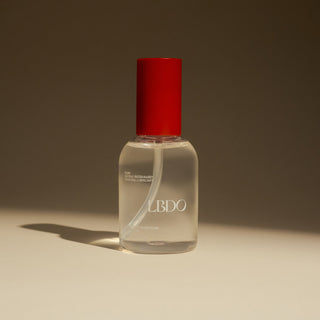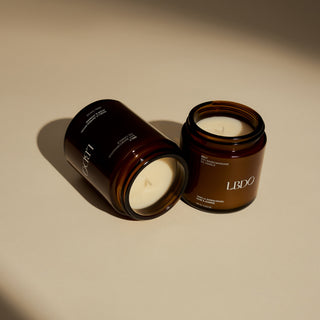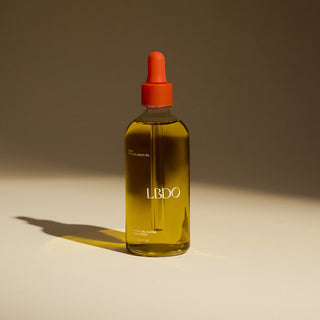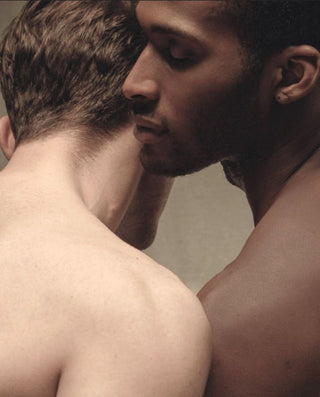From its days firmly hidden as a completely taboo topic, kink and the full spectrum of BDSM behaviour is gradually making its way into the limelight as society progresses. From Rihanna’s ‘S&M’ track where she told the world ‘chains and whips excite me’ all the way back in 2010, to 50 Shades of Grey where a dominant/submissive relationship was pop culture’s favourite couple, kink is coming out from underground. BDSM is an acronym that stands for bondage, dominance, sadism and masochism, and is an umbrella term that encompasses different communities and sexual behaviours. This can be as extreme as full leather and chains or as mild as a subtle change in dynamic between two people. Here are some myths and realities.
Myth 1: Kink or BDSM has to be rough
While rough sex is a significant part of kink and BDSM communities, kinky sex doesn’t have to be rough. Kink can be used to add depth to the roles people take on, even in encounters that are gentle and intimate. This can look like a submissive and dominant dynamic where one person is softly restraining their partner as they receive pleasure, or the kink can even manifest as an understanding between people that one person is in control and the other takes on a passive role.
Myth 2: Kink is about hurting people or wanting to be hurt
Although there are people who use kink in more dangerous ways, healthy and safe kinky sexual encounters require a lot more understanding, conscious communication, consent and emotional intelligence than ‘regular’ sex. This is because there are more factors at play. Most people in kink or BDSM communities are well versed in consent and communication as negotiation, boundaries and check ins are essential (in any sexual encounter, of course, but especially BDSM). Aftercare is also something that is fundamental in kink communities, meaning that sex acts are often followed by a period of deliberate care and comfort. This could be through things like gentle touch, quality time and conversation.
Myth 3: being into kink is a result of trauma
This is a common belief about kink and BDSM, and something that historically was put against people who practised kink. Intersectionality is important to consider when discussing this, as marginalised people (including women, trans people, queer people and people of colour) are often maligned for their sexuality more than people with privilege. In actuality, human sexuality comes with a huge range of likes, dislikes, emotional baggage, previous relationships, social context; community and trauma is just one part of what makes up a person’s sexual preferences. Do some people who have experienced trauma use kink to reclaim their sexuality? Probably! But this simply isn’t true for everyone.
TL;DR: BDSM and kink is a huge spectrum of activities, communities, individuals, encompassing countless different likes and dislikes, sexual and non-sexual acts. For some people, kink is a lifestyle and the centre of their identity. But for many people, kink and BDSM is something that they can pick and choose aspects of to incorporate into their sexuality to elevate their pleasure and intimacy. Even if you’ve never thought of yourself as a ‘kinky’ person, many aspects of kink are becoming normalised in ‘regular’ sexual encounters. Consider something you like sexually that others would consider ‘kinky’ - the beauty of human sexuality is there is something for everyone; ‘different strokes for different folks’.














